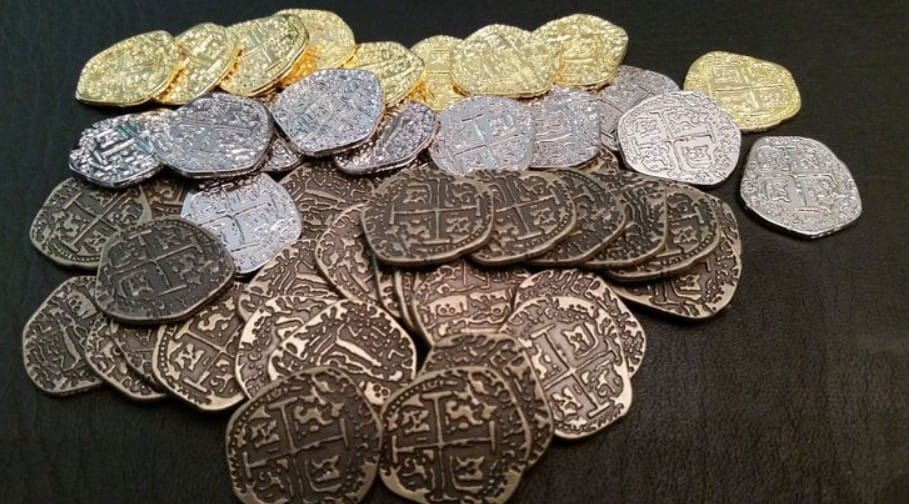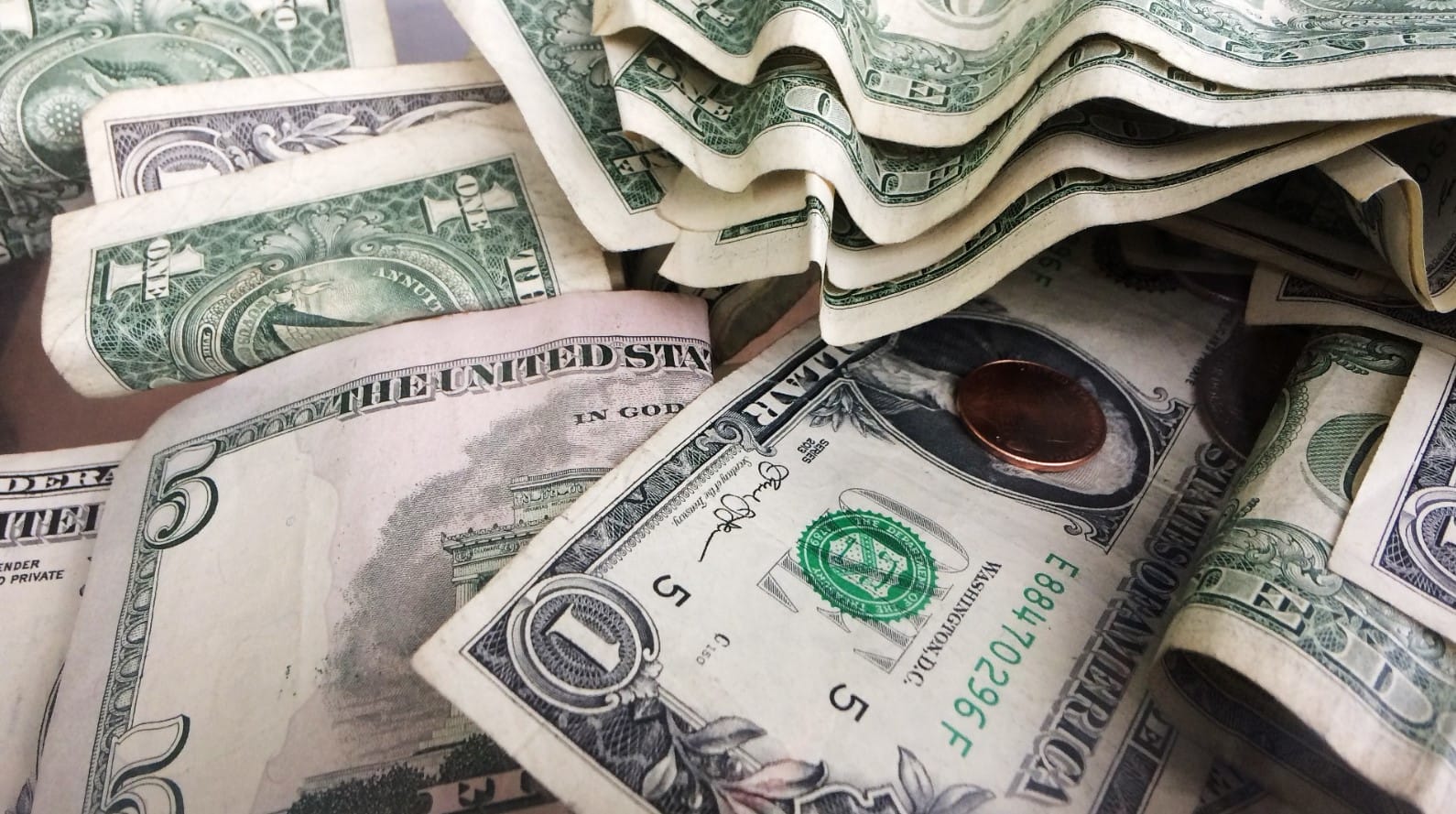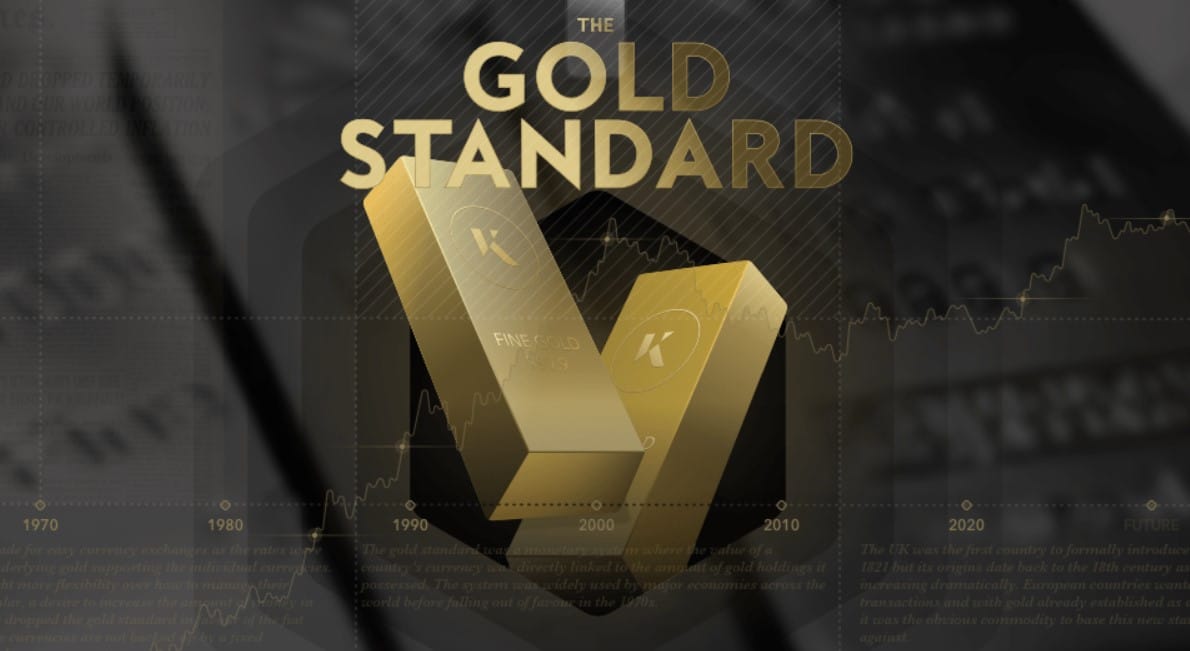The History of Money: Bartering to Banknotes to Bitcoin

Money has played a pivotal role in human civilization, shaping economies, trade, and global interactions. The History of Money: Bartering to Banknotes to Bitcoin highlights the evolution of financial systems, demonstrating how societies transitioned from basic trade to advanced digital currencies.
In this article, we will explore:
- The origins of money and the barter system.
- The rise of metal coins and their impact on trade.
- The introduction of paper money and banking systems.
- The transition to digital transactions and cryptocurrencies like Bitcoin.
Understanding the history of money provides insight into how financial systems have evolved and where they might be headed in the future.
The Barter System: The Earliest Form of Trade
What Was Bartering?

Before money, people engaged in barter—the direct exchange of goods and services. A farmer could trade wheat for a blacksmith’s tools, while a hunter might exchange animal skins for pottery.
Challenges of the Barter System
Bartering had significant limitations:
- Double coincidence of wants – Both parties had to need what the other offered.
- Lack of standardization – There was no universal measure of value.
- Difficulties in storing wealth – Perishable goods could not be saved long-term.
The Shift Toward Commodity Money

To address these challenges, early civilizations started using commodity money—items with intrinsic value, such as:
- Salt – Used in ancient Rome as payment (origin of the word "salary").
- Cattle – Common in agrarian societies.
- Grains and shells – Used in various ancient cultures.
These commodities laid the foundation for more advanced monetary systems.
The Emergence of Metal Coins

When and Where Did Coins Originate?
The first known metal coins appeared around 600 BCE in Lydia (modern-day Turkey). These coins were made of electrum, a naturally occurring mix of gold and silver.
Why Coins Became Popular
Metal coins quickly became the preferred medium of exchange due to:
- Standardized value – Each coin had a fixed worth.
- Durability – Metal lasted longer than perishable goods.
- Government backing – Rulers minted coins to ensure authenticity.
Expansion of Coinage Across Civilizations
As trade expanded, coinage spread to:
- Ancient Greece and Rome – Facilitated large-scale commerce.
- China’s Ban Liang coins – Early round coins with square holes.
- Indian and Persian Empires – Used coins to establish economic stability.
Coins revolutionized trade, enabling more efficient markets.
The Birth of Paper Money and Banking Systems

China: The First Use of Paper Money
Paper currency originated in China during the Tang Dynasty (7th century CE), becoming widespread under the Song Dynasty (11th century CE). It allowed for larger-scale transactions without the need for heavy coins.
The Role of Banks in Paper Currency
By the 17th century, European banks issued banknotes as a promise to pay the bearer a specific amount in gold or silver. This system laid the foundation for modern banking.
Advantages of Paper Money Over Coins
Paper money gained popularity due to:
- Lightweight nature – Easier to carry than metal coins.
- Enhanced trade efficiency – Enabled quicker transactions.
- Flexibility – Governments could regulate currency supply.
Paper money became the dominant form of exchange, eventually leading to central banking systems.
The Gold Standard: Stability and Its Demise
What Was the Gold Standard?

Under the gold standard, a country’s currency was directly linked to a fixed amount of gold. This system ensured monetary stability and prevented inflation.
Why Did the Gold Standard Collapse?
The gold standard declined due to:
- Economic pressures – The Great Depression forced governments to print more money.
- World Wars – Nations abandoned gold backing to fund war efforts.
- Bretton Woods Agreement (1944) – Shifted to a modified gold-backed system before transitioning to fiat currency.
By the 1970s, most countries had adopted fiat money—currency backed by government decree rather than physical commodities.
The Digital Revolution: Credit, Online Banking, and Electronic Transactions
The Rise of Credit and Debit Cards
In the mid-20th century, plastic money replaced cash as:
- Credit cards (1950s) allowed deferred payments.
- Debit cards (1970s-80s) enabled direct access to bank funds.
Online Banking and Mobile Payments
By the late 1990s and early 2000s, online banking became mainstream, followed by mobile payment platforms such as:
- PayPal (1998) – One of the first digital payment processors.
- Apple Pay and Google Pay – Enabled tap-to-pay transactions.
- Cryptocurrency wallets – Allowed storage and transactions of digital assets.
The transition to digital transactions paved the way for decentralized currencies like Bitcoin.
The Era of Bitcoin and Cryptocurrencies

What is Bitcoin?
Bitcoin, launched in 2009 by the anonymous Satoshi Nakamoto, is a decentralized digital currency that operates on blockchain technology.
How Does Bitcoin Differ from Traditional Money?
Bitcoin revolutionized finance by introducing:
- Decentralization – No central authority controls it.
- Blockchain technology – Transactions are recorded transparently.
- Fixed supply (21 million coins) – Prevents inflation.
Challenges Facing Bitcoin and Cryptocurrencies
Despite its benefits, Bitcoin faces several hurdles:
- Price volatility – Dramatic fluctuations in value.
- Regulatory uncertainty – Governments worldwide have differing policies.
- Scalability issues – High transaction fees and processing delays.
While Bitcoin is still evolving, it has sparked a financial revolution that challenges traditional banking systems.
The Future of Money: What Lies Ahead?
As technology continues to advance, the future of money may include:
- Central Bank Digital Currencies (CBDCs) – Government-backed digital currencies.
- Decentralized Finance (DeFi) – Financial services without intermediaries.
- Artificial Intelligence in Banking – AI-driven financial solutions.
The journey from bartering to banknotes to Bitcoin is ongoing, and future innovations will continue shaping global economies.
Conclusion
The History of Money: Bartering to Banknotes to Bitcoin illustrates the continuous evolution of financial systems. From early trade and coinage to digital currencies and decentralized finance, money has adapted to meet society’s changing needs.
As Bitcoin and blockchain technology reshape the financial landscape, the future of money remains uncertain but full of possibilities. Understanding this history helps us anticipate the next phase of monetary evolution.
Frequently Asked Questions
Why did societies move from bartering to money?
Bartering was inefficient due to the double coincidence of wants. Money provided a standardized, convenient way to trade.
Who introduced the first metal coins?
The Lydians (modern Turkey) introduced the first metal coins around 600 BCE.
What replaced the gold standard?
Most countries transitioned to fiat money, which is backed by government trust rather than a physical commodity.
How does Bitcoin work?
Bitcoin uses blockchain technology to verify transactions, eliminating the need for central banks.
Is cryptocurrency the future of money?
Cryptocurrency adoption is growing, but regulatory and technological challenges will determine its long-term role.




